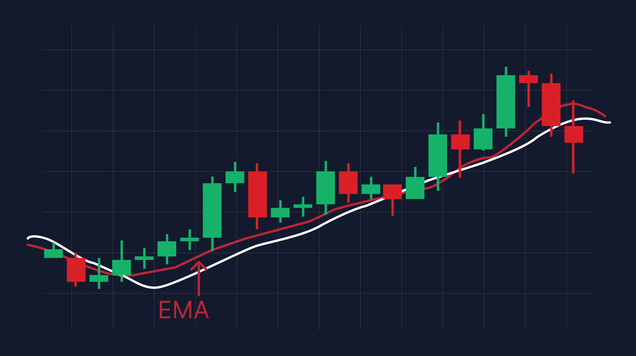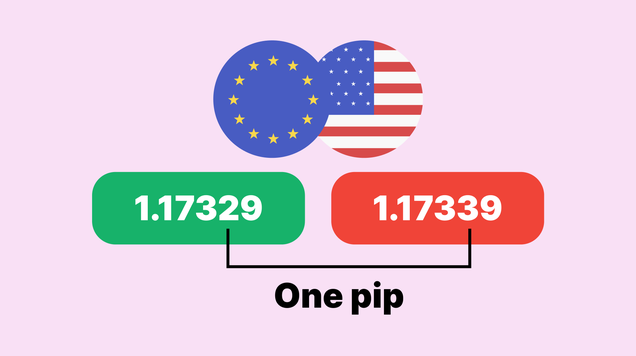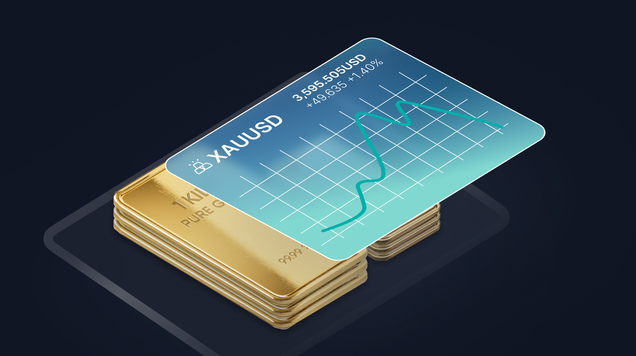What is cryptocurrency trading and how does it work
Cryptocurrency trading involves the purchase and sale of digital assets — for example, Bitcoin — with the objective of deriving a profit from price fluctuations, whether by taking long or short positions.

Blockchain is the technological infrastructure that underpins the creation and operation of cryptocurrencies.
Digital asset trading centres on acquiring and disposing of assets in response to anticipated bullish or bearish price movements in order to realise a profit.
Although cryptocurrency trading can yield substantial returns, it also entails significant risks, including regulatory uncertainty, pronounced volatility, information-technology security vulnerabilities and potential market manipulation.
Blockchain technology: initial background
To understand cryptocurrency trading, it is essential first to comprehend blockchain technology. A blockchain is a distributed ledger that records information in blocks linked chronologically by cryptographic functions. Because each block references its predecessor, any attempt to alter stored information would change the entire chain and be rejected by the majority of the network, rendering manipulation extremely difficult. This combination of cryptographic security and decentralised consensus confers a high degree of confidence in the immutability and transparency of transactions.
What is crypto trading?
Cryptocurrency trading is the act of speculating on the price movements of digital assets with the aim of obtaining a financial gain. If a trader anticipates that the price of an asset will rise, they open a purchase (a ‘long’ position) intending to close it at a higher price. Conversely, if they expect the price to decline, they may enter a ‘short’ position, aiming to close once the price has fallen.
While the conceptual framework of crypto trading is straightforward, its practical execution is considerably more complex. Digital assets exhibit high price volatility, which can create opportunities for profit but also presents a risk of substantial losses in the absence of prudent fund management. Moreover, the decentralised nature of many cryptocurrencies introduces heightened counterparty risk, as comprehensive regulatory protections are often lacking.
Unlike traditional financial markets, cryptocurrency markets operate almost continuously: trading is available 24 hours a day, seven days a week, 365 days a year. This uninterrupted availability increases their appeal to traders irrespective of geographic location.
Cryptocurrency trading is typically conducted via centralised exchanges (CEXs), which act as trusted intermediaries and generally provide high liquidity and continuous operational support. However, counterparty risk persists, since an exchange may be subject to hacking, insolvency or other operational failures that could affect users’ funds.
To transact in cryptocurrencies, users require a wallet that stores private keys. A private key is a cryptographic credential necessary to authorise transactions. Wallets are commonly categorised as hot or cold. Hot wallets are connected to the internet and permit rapid access to funds, making them convenient for trading. Cold wallets are typically hardware devices or paper records used to secure larger holdings; they are deliberately kept offline to reduce exposure to cyberattacks.
Technical analysis in cryptocurrencies
The principal methodologies of technical analysis are widely applicable to cryptocurrency trading. Because cryptocurrencies are not directly tied to macroeconomic or corporate financial metrics in the same way as foreign exchange or equities, technical analysis often assumes greater prominence, effectively substituting for aspects of traditional fundamental analysis.
Prominent technical analysis techniques in cryptocurrency markets include Price Action, chart patterns (chartism), the use of technical indicators (for example, the Relative Strength Index, MACD and Stochastic oscillators), together with detailed analysis of trading volume and candlestick formations.
A fundamental approach to cryptocurrencies
Although conventional fundamental metrics (such as price-to-earnings ratios) are not generally applicable to cryptocurrencies, it is possible to adopt a project-level fundamental approach. This involves assessing the viability of a crypto project by examining its whitepaper, the credentials and track record of the development team, the token economics (tokenomics) and the token’s utility.
Such project analysis is particularly important for nascent tokens, since inadequate due diligence may expose an investor to projects vulnerable to manipulation, security breaches or fraud.
Risk analysis and implications of crypto trading
Trading cryptocurrencies requires not only familiarity with their technical mechanics but also a robust assessment of the associated risks. The principal risk factors include the following:
- Regulatory uncertainty: This represents one of the most significant risks owing to the diversity and potential volatility of regulatory responses. Given the decentralised characteristics of many assets, different jurisdictions may impose varying restrictions that could materially affect user access to funds. Pertinent regulatory considerations include local prohibitions on cryptocurrency use, bans on exchanges and the imposition of specific tax regimes.
- High market volatility: Cryptocurrencies are characterised by substantial price volatility. For traders with a moderate or conservative risk profile, such volatility may render crypto trading unsuitable. An investor’s tolerance for large and rapid price movements should therefore inform any decision to trade digital assets.
- Security risks: Exchanges and user accounts are exposed to hacking and cyberattacks. Historical incidents of scams and security breaches underscore the need to consider cybersecurity as a central element of risk analysis.
- Market manipulation: In markets with limited regulation, large holders of particular cryptocurrencies (often termed ‘whales’) may be able to influence prices. Such dynamics can distort price discovery and increase market risk.
Technical analysis, fundamental project assessment, appropriate risk-management instruments and a comprehensive appraisal of the advantages and hazards of cryptocurrency trading all contribute to sound decision-making.
Conclusion
Cryptocurrency trading has gained global traction owing to its demonstrated profit potential; however, the attendant risks are similarly significant. Although the fundamental objective of trading—buy low, sell high—appears simple, its effective implementation is complex and demands technical knowledge, disciplined risk management and an informed approach to analysis. Employing technical analysis tools, conducting rigorous project due diligence and implementing robust risk-management measures are essential to trade responsibly and effectively.
Frequently Asked Questions about Crypto Trading
What is cryptocurrency trading?
It is the act of speculating on the price movements of digital assets (such as Bitcoin) with the aim of achieving a financial return. This may involve purchasing an asset if its price is expected to rise or initiating a short sale if a decline is anticipated.
What are the main risks of crypto trading?
- Regulatory uncertainty: The risk that governments may introduce unfavourable restrictions, prohibitions or tax regimes.
- High volatility: Cryptocurrency prices are known for extreme and rapid fluctuations.
- Security risks: Constant exposure to hacks, scams and cyberattacks affecting exchanges and user wallets.
- Market manipulation: In lightly regulated markets, investors with substantial capital can potentially move prices.
How are cryptocurrencies analysed for trading?
Unlike equities, cryptocurrencies are not as closely linked to macroeconomic indicators. Consequently, technical analysis (for example, Price Action, chart patterns, RSI or MACD indicators, and candlestick patterns) often assumes greater importance. In addition, a project-level fundamental analysis may be used to evaluate viability by examining the whitepaper, the development team and the tokenomics.









